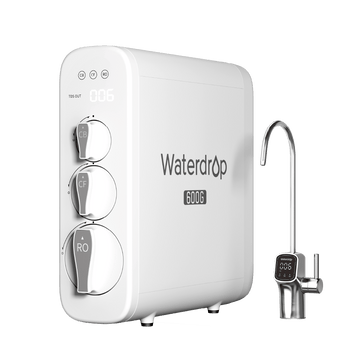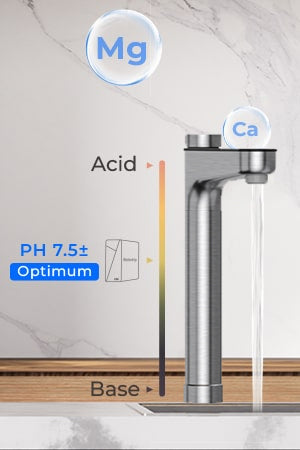Does Well Water Need to Be Purified?
What Is Well Water?

- Rural areas without public mains
- Farms and country homes
- Mountain villages
- Off-grid properties and holiday cottages
Myth or Fact? Common Beliefs About Well Water in Europe
Myth 1: “Well Water Is Always Clean Because It’s Natural”
- Agricultural runoff (nitrates, pesticides)
- Septic tank leaks
- Industrial pollutants
- Animal waste

Myth 2: “If My Water Looks Clear, It Must Be Safe”
- E. coli and other bacteria
- Arsenic
- Nitrates
- Lead
Myth 3: “Well Water Doesn’t Need Testing if I’ve Been Using It for Years”
Fact: “Well Water Can Taste Better Than Tap Water”
When Does Well Water Need to Be Purified?
1. After Testing Shows Contamination
- Coliform bacteria or E. coli
- Nitrate levels above 50 mg/L
- Excessive hardness or iron
- Presence of arsenic, lead, or fluoride

2. If You’re in a High-Risk Area
- Southern Spain and Italy: High nitrate levels from agriculture
- Poland and Hungary: Arsenic in groundwater
- UK and Ireland: Pathogens from livestock runoff
3. For Sensitive Households
- Children and babies
- Pregnant women
- Elderly people
- Anyone with a weakened immune system
Well Water Treatment Options in Europe
UV Purification
- Popular in the UK and Nordic countries
- No chemicals or taste change
- Requires electricity and annual bulb replacement

Reverse Osmosis (RO) Systems
- Nitrates
- Heavy metals
- Fluoride
- Chlorides
- Effective but may waste water
- Usually installed under kitchen sinks
- Widely available across Europe
Activated Carbon Filters
- Removes pesticides, odours, chlorine, and organic pollutants
- Often used in combination with other methods
Water Softeners
- Specifically target hardness caused by calcium and magnesium
- Common in areas like southern Germany and northern France
- Prevents limescale and protects plumbing
Whole House Filtration Systems
- For homes using well water throughout
- Filters sediment, iron, manganese, and microbes
- Usually installed at the point of entry
How to Test Your Well Water in Europe?

Where to Test
- Send samples to certified labs (available in most countries)
- Use at-home testing kits for basic parameters (pH, hardness, nitrates)
- Contact local health/environment departments (some offer subsidised testing)
What to Test For
- Coliform bacteria and E. coli
- Nitrate and nitrite
- pH and hardness
- Iron and manganese
- Arsenic and lead
Pros and Cons of Using Well Water
Pros
- Independence from mains supply
- Often free after setup
- Naturally high in minerals
- Great for gardening and irrigation
Cons
- Requires regular testing
- Risk of contamination
- May need complex treatment
- Can affect appliance lifespan if hard

Tips for Keeping Your Well Water Safe
- Test annually (or more often if needed)
- Seal your well properly
- Keep animal waste and chemicals far away
- Inspect your wellhead for cracks or leaks
- Install water filtration system based on test results
Final Thoughts: Should You Purify Your Well Water?
- Test regularly
- Know your region’s risks
- Install a purification system if results demand it
EXCEED EWG HEALTH GUIDELINES
30 Total Contaminants in Your Water
Water Provider
Fruitland Water Special Service DistrictPopulation Affected
120,000Water Source
Ground water





















































